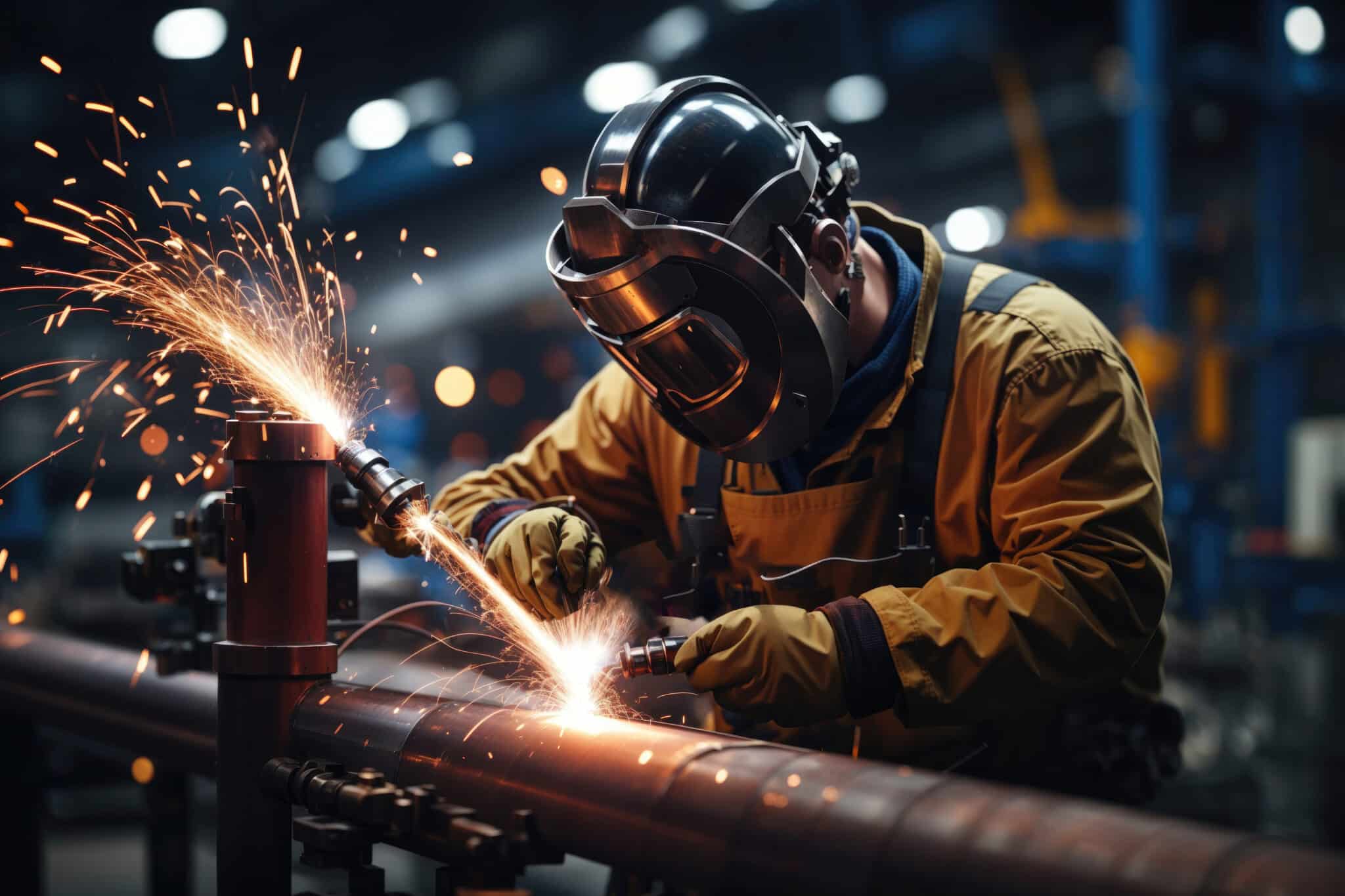In the ever-evolving field of welding, the materials used for welding are crucial to achieving high-quality welds, ensuring durability, and meeting specific application requirements. This article delves into innovative welding materials, exploring their modern applications, unique properties, and the advancements driving their adoption in various industries.
High-Strength Steels
High-strength steels are pivotal in modern welding applications, offering enhanced mechanical properties and structural integrity. These steels typically have yield strengths greater than 690 MPa, providing superior performance in demanding environments such as automotive, aerospace, and construction sectors. The use of advanced welding techniques like gas metal arc welding (GMAW) ensures precise joining of high-strength steel components without compromising their inherent properties.
Aluminium i jego stopy
Aluminum and its alloys play a crucial role in lightweight construction, particularly in aerospace, automotive, and marine industries. Welding aluminum presents challenges due to its high thermal conductivity and susceptibility to cracking. However, innovations in welding technology, such as pulsed current GMAW and friction stir welding (FSW), have enabled efficient joining of aluminum alloys while preserving their mechanical properties and corrosion resistance.
Tytan i stopy tytanu
Titanium and its alloys are valued for their exceptional strength-to-weight ratio, corrosion resistance, and biocompatibility, making them indispensable in aerospace, medical, and chemical processing applications. Welding titanium requires specialized techniques to prevent contamination and maintain its unique properties, such as inert gas shielding and precise control of welding parameters. Advanced processes like electron beam welding (EBW) and laser beam welding (LBW) ensure high-quality welds in titanium components used in critical applications.
Advanced Composite Materials
Composite materials, such as carbon fiber reinforced polymers (CFRP) and glass fiber reinforced polymers (GFRP), offer lightweight alternatives with high strength and durability. Welding these materials involves innovative methods like ultrasonic welding and induction welding, which bond the composite layers without compromising their structural integrity or fiber orientation. Applications range from aerospace structures to renewable energy systems, where lightweight and corrosion-resistant properties are paramount.
Nanomaterials and Additive Manufacturing
Nanomaterials, including nanoparticles and nanotubes, are emerging as additives in welding consumables to enhance weld properties such as strength, toughness, and resistance to environmental degradation. Additive manufacturing, or 3D printing, utilizes specialized welding techniques to deposit layers of metal powders or wire feedstock, allowing for complex geometries and customized components in industries such as healthcare, automotive, and consumer electronics.
Environmental and Economic Considerations
Innovative welding materials not only improve performance but also contribute to sustainable practices by reducing material waste, energy consumption, and carbon footprint. Recycling programs for welding consumables and implementing closed-loop manufacturing processes further enhance environmental stewardship in welding industries worldwide.
Future Trends and Challenges
Future trends in welding materials focus on the development of smart materials with self-healing properties, enhanced thermal stability, and adaptive functionalities. Challenges include optimizing welding parameters for novel materials and ensuring compatibility with existing fabrication methods to meet stringent industry standards and regulatory requirements.
Wnioski
Innovation in welding materials continues to drive technological advancements across diverse industries, from enhancing structural performance in aerospace to enabling sustainable construction practices. By leveraging modern welding techniques and embracing the versatility of advanced materials, industries can achieve higher efficiency, reliability, and longevity in their products and infrastructure. As research and development in welding materials progress, the potential for transformative applications and solutions grows, shaping the future of manufacturing and engineering worldwide.

